Top 10 Things We Can All Learn from Akiba Rubinstein
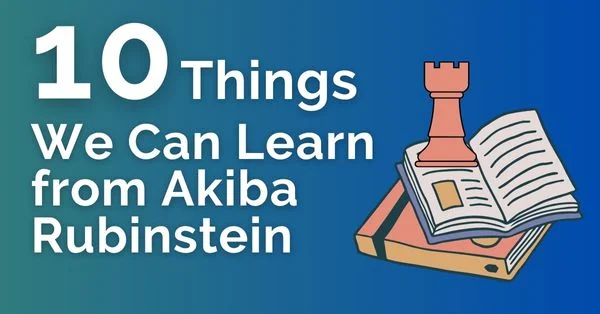
Akiba Rubinstein (1880-1961), a chess giant who learned the game later than most, rose like a meteor through the ranks. Ditching early aspirations to be a Rabbi, he chose to be a chess professional by moving to the vibrant chess hub of Lodz, Poland.
From this point onwards Rubinstein progressed at an exceptional rate. He announced himself to the World by winning the 1907 Carlsbad Tournament where he finished ahead of the top players in the world.
Akiba Rubinstein soon became a force to be reckoned with as in the year 1912, he won every single tournament he played in! While denied the world championship title, Rubinstein’s legacy remains undisputed.
A tactical wizard and positional maestro, he played the opening, middlegame, and endgame second to none.
Rubinstein was a protégé of the Steinitz principles, taking the game to new heights. Through his crowning achievements in all facets of the game, his name is forever etched in the history of the game.
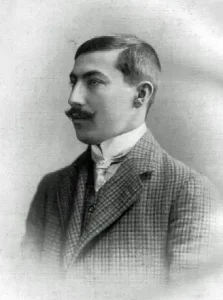
source: Wikimedia
In this article, we will take a look at 10 things we can learn from Akiba Rubinstein.
1. Imagination in Tactical Strikes
Rubinstein played this game when he had just broken into the top echelons of the chess world. He was perfectly capable of imaginative combinations. Combinations arise from the foundation built by active pieces. This principle is demonstrated by Rubinstein beautifully in the example below.
In the following position, White has overextended with e5 and Black’s Bishop looks menacing. Can you find out how Rubinstein continued?
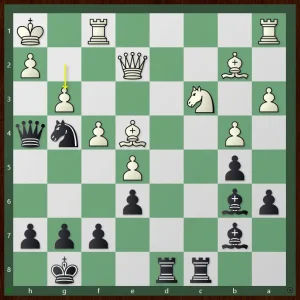
Rxc3! gxh4
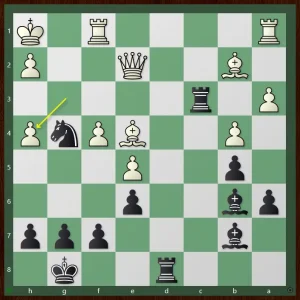
Rd2!
A Beautiful deflection tactic that ends the game.
Qxd2 Bxe4+
Qg2
One final blow is required to finish off white.
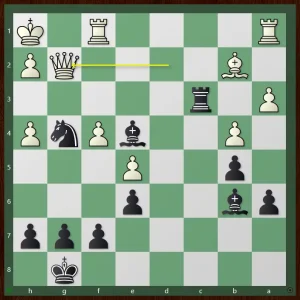
Rh3!
2. Playing for the Attack
Rubinstein did not fashion speculative attacks. His attacks were always based on sound strategic considerations. If the position called for an attack, then he did not hesitate to go for it. Sometimes even producing brilliant moves as in the game below.
In an opposite castled position Rubinstein launches a devastating attack against the opponent’s king. He delivers multiple brilliant blows to the opponent to end the game.
Some important themes that we can learn from this game are
- Ignoring the opponent’s threat.
- Sacrificing to destroy the pawn cover.
- Importance of open lines in an attack.
Rubinstein – Teichmann, Vienna 1908
Kasparov praised this game for its attacking display and Rubinstein in his comments to the game says “Completely demolishing Black’s Kingside. The connected sacrifices are of merely visual interest.”
A pretty modest comment from Rubinstein for a game of such quality. The quote is perfectly in line with his personality.
3. Simple Rook Endgames
In the modern age above all, Rubinstein is known for his Rook endgames. He has played many stunning precise rook endgames bewildering the top players of the time.
In the following legendary game, Rubinstein completely outplays the former World Champion Emmanuel Lasker in a Rook Endgame. The game is instructive on many levels and a deep study of it is sure to increase one’s playing caliber.
Rubinstein – Lasker, St Petersburg 1909
A photograph of this iconic encounter:
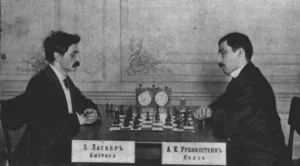
source: Chessgames
4. Maneuvering in Rook Endgames
The magic that Rubinstein was able to produce in the endgames was due to his skill for maneuvering and intuition. After the game Spielmann, said these famous lines to Rubinstein.
Akiba, if you were living in the Middle Ages, you would have been burned at the Stake! What you do with Rook endgames cannot be called anything else but witchcraft! – Rudolf Spielmann
Spielmann – Rubinstein, St Petersburg 1909
5. Planning
Knowing when to play move by move and when to play with a plan is a critical but underrated skill in chess. Rubinstein was known for his long strategic plans that often went under the radar of his opponents.
The following game demonstrates Rubinstein’s natural talent for long-term planning.
Rubinstein – Salwe, Lodz 1908
6. Opening Innovations
Rubinstein had a deep understanding of many openings. His contributions to opening advancements were unparalleled at that time. He has contributed to a wide range of openings. This fact alone should dispel any stereotype about him being a one-dimensional endgame player.
Here are some of the opening variations that are named after him
- Queen’s Gambit Declined, Tarrasch Defense: Rubinstein Variation
- Nimzo-Indian Defense: Rubinstein System
- French Defense: Rubinstein Variation
- Rubinstein Variation of Four Knights Game
7. Linking Opening and Middlegame
Rubinstein was arguably the first player to work on his openings to make plans for the middlegame and the subsequent endgame. He realized that he could gain an advantage over his peers if he studied the opening in conjunction with the later stages of the game.
This paid him dividends as he won many games using plans he devised away from the board.
8. Play on Both Flanks
Playing on both sides of the board is one of the hallmarks of a great player. Their understanding of the game is so high that they realize the right moment to start playing on the other flank.
In this game against David Janowski, Rubinstein comes up with an incredible idea to transfer the queen to the other flank.
Janowski – Rubinstein, Carlsbad 1907
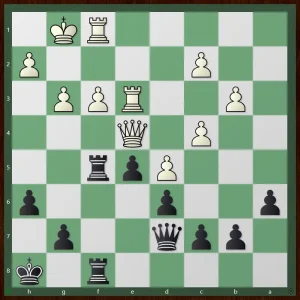
Black has pressure down the f- file but White has solidly defended all points of attack. In this position, Rubinstein plays
29..Qd8!!
Initial thoughts suggest that the idea is to play Qg5 to put pressure on White’s position. But it’s not! Janowski following the same logic plays 30.Qg4 but completely misses the beautiful idea.
30…Qb8!!
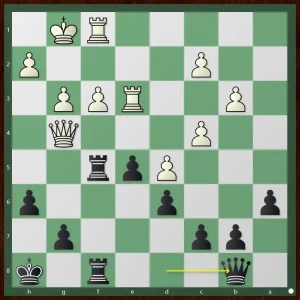
Two stunning moves to transfer the Queen to the left wing. Now White is under pressure from both sides.
9. Importance of Centralization
Centralization is a key principle in chess and plays a decisive role in many strategies. Amateur players often forget this principle in favor of other principles. But more often than not establishing a firm control over the center will pay dividends in the long run.
In a topical line of the QGD, Rubinstein shows how to play when you have a pawn majority in the center.
Rubinstein – Schlechter, San Sebastian 1912
10. Slow Pressure
Rubinstein was a master at the endgame. One of the skills he mastered was to put slow pressure on the opponent. This is a useful skill to learn for any player. Sometimes in the endgame, there is no direct way to proceed or force a decision.
In these moments putting slow pressure can increase the chances of a mistake from your opponent. In many of Rubinstein’s games, we see him using this to obtain favorable outcomes.
The following quote sums up the legacy of Akiba Rubinstein beautifully.
With Rubinstein, all is refined tranquillity, for with him in building up his game the position given to every piece is the necessary one. It is not a matter of a fight for him, but the working out of a victory, and so his games create an impression of a great structure from which not one stone dare be shifted. – Richard Reti, Modern Ideas in Chess
https://thechessworld.com/store/product/learn-from-akiba-rubinstein-with-im-boroljub-zlatanovic/



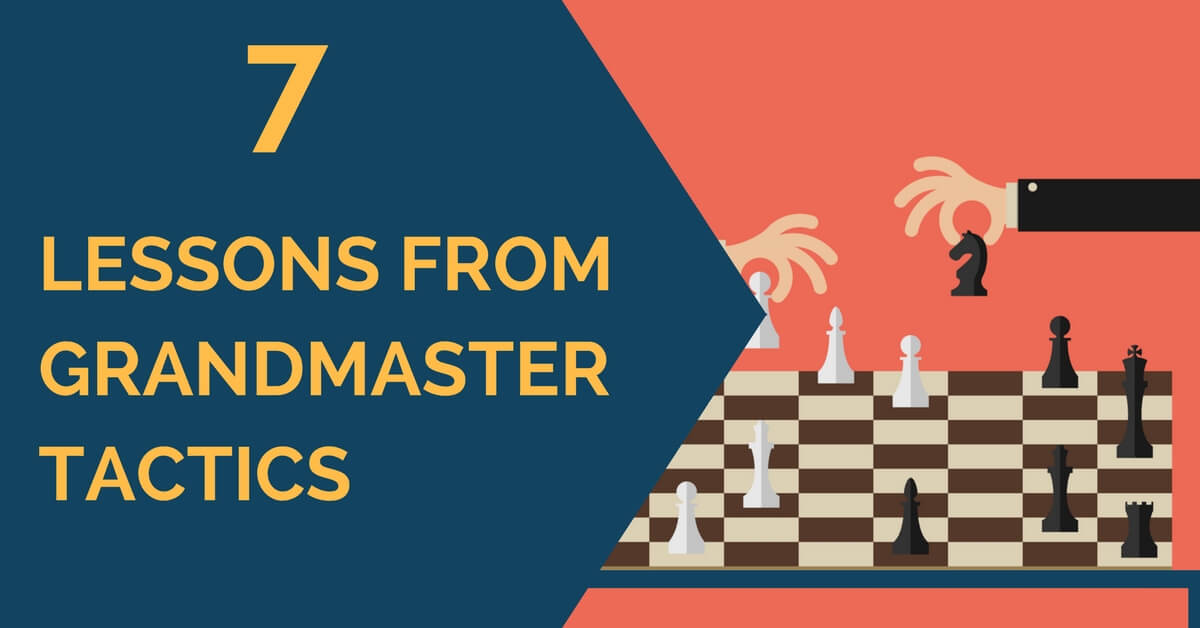
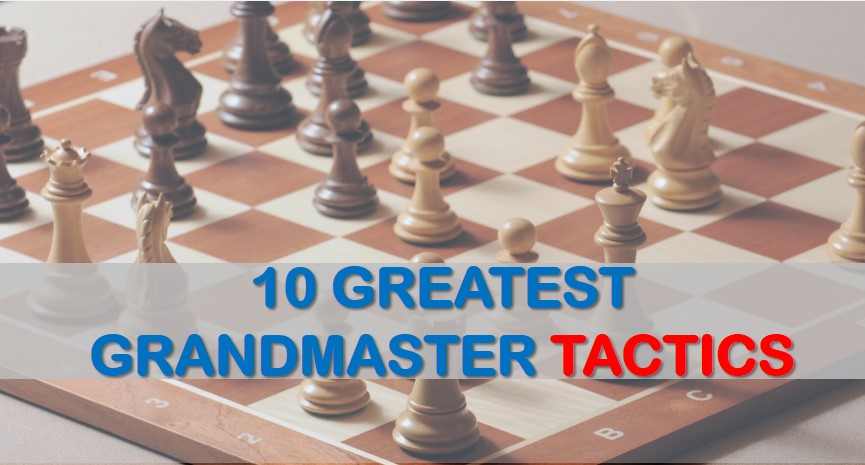





Comments: